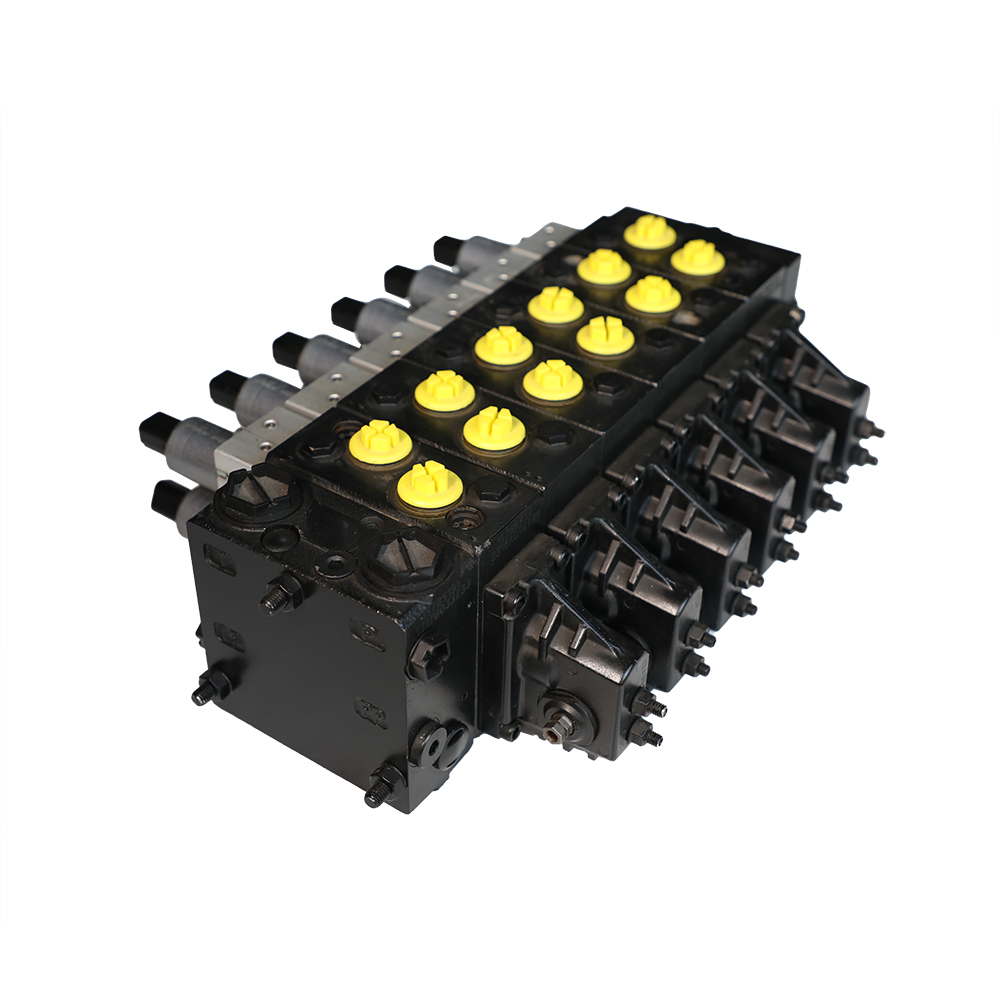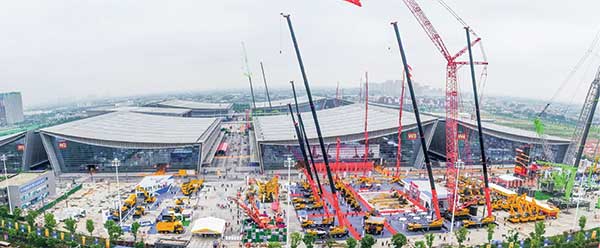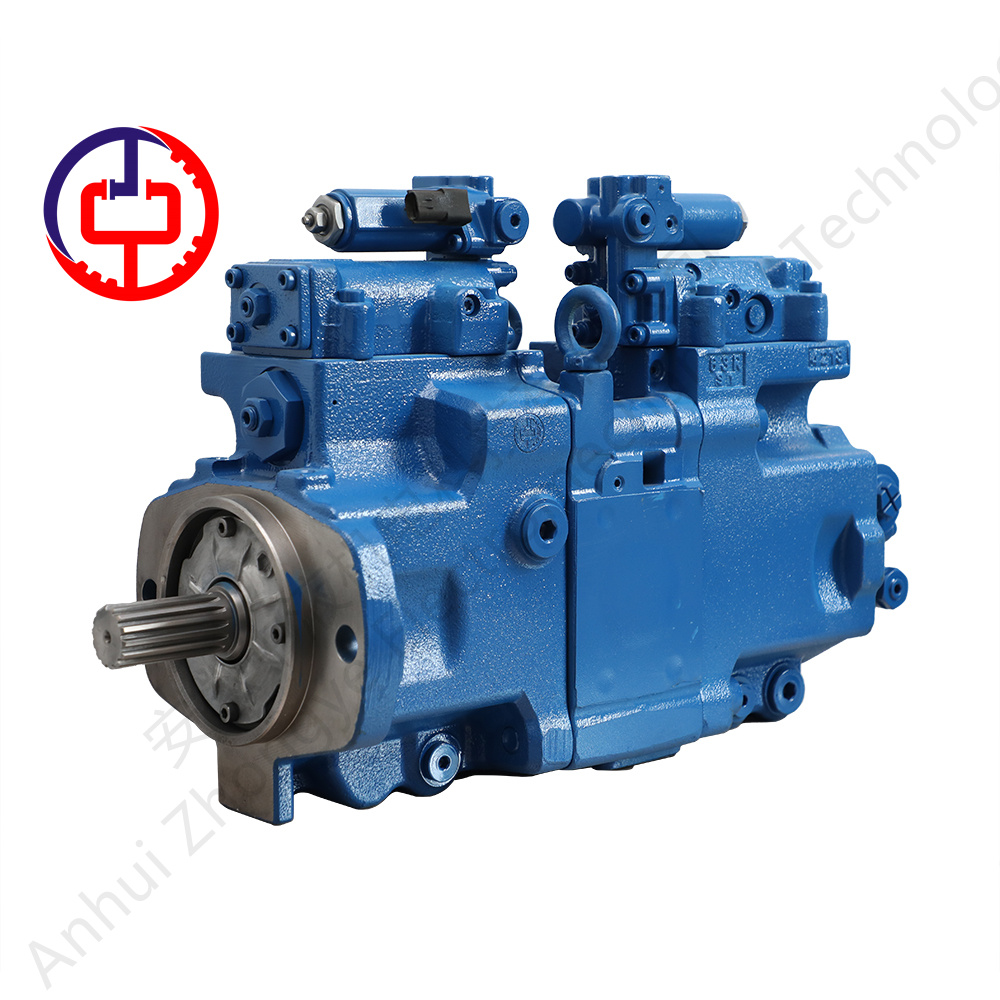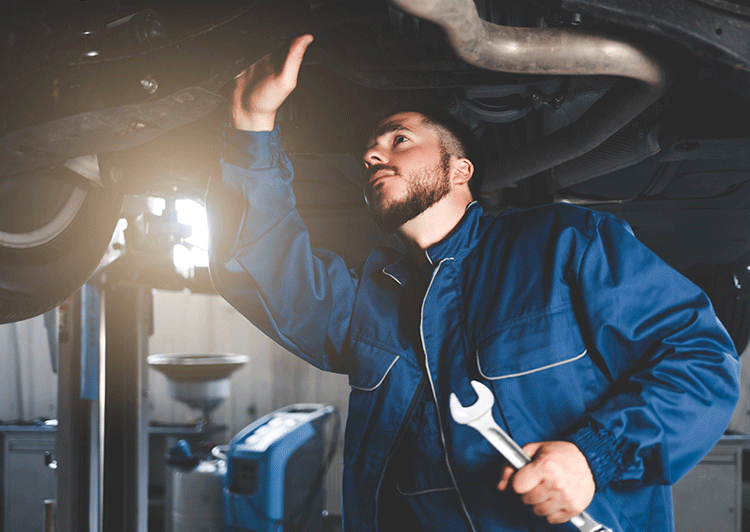1,plunger rod and cylinder body hole
(1) If the cylinder body is installed with copper sleeve, it can be repaired by replacing the copper sleeve. First of all, the diameter of a group of plunger rods is trimmed to a uniform size, and then the outer diameter is polished with more than 1000 mesh sandpaper.
Three methods for installing copper sleeve in cylinder block:
(a) cylinder body heating or copper sleeve cryogenic freezing extrusion, interference assembly;
(b) Loctite adhesive assembly, which requires grooves on the outer diameter surface of the copper jacket;
(c) Cylinder hole tapping, copper sleeve outer diameter machining thread, coated with loctite glue, screw into assembly.
(2) For the fused cylinder and copper sleeve, the repair method is as follows:
(a) Using grinding rods, manual or mechanical grinding to repair cylinder holes;
(b) Re-boring the cylinder body hole by using a jig boring machine;
(c) Repairing cylinder block holes with reamer.
(3) Adopt "surface engineering technology" as follows:
(a) Electroplating technology: a layer of hard chromium is plated on the surface of the plunger;
(b) Brush plating technology: brush plating of wear-resistant materials on the surface of the plunger;
(c) Thermal spraying or arc spraying or electric spraying: spraying high-carbon martensitic wear-resistant materials;
(d) Laser deposition: high hardness wear-resistant alloy powder is deposited on the surface of the plunger.
(4) Cylinder hole without copper sleeve cylinder material is mostly ductile iron, the preparation of amorphous film or coating on the inner wall of the cylinder. Because the inner wall of the cylinder body hole has this special substance, it can form a hard-hard friction pair. If you blindly grind the cylinder hole and grind off the surface material of the inner wall of the cylinder hole, the structural properties of the friction will also change. The friction pair that has been removed from the coating, if forced to use, will sharply increase the friction surface temperature, and the plunger rod will be glued to the cylinder hole.
In addition, a unique film coating is prepared on the surface of the plunger rod, the coating contains anti-wear + wear + lubrication function, this group of friction pairs is actually hard-soft pairing, once the coating is changed, it will destroy the friction pair of the best matching material, repair these special plunger pumps, it is sent to a professional repair shop.
2, slipper boots and swashplates
The sliding friction between shoe and swash plate is the most complicated one among the three friction pairs of swash plate piston pump.
If the gap between the plunger and the shoe is too bad, the high-pressure oil in the plunger cavity will leak out from the gap between the plunger ball head and the shoe, and the oil film between the shoe and the swash plate will be thinned. In serious cases, the static pressure support will fail, the metal contact friction between the shoe and the swash plate will occur, the shoe will be ablated and fall off, and the plunger ball head will scratch the swash plate. When the plunger rod ball head and boot ball socket exceed the tolerance by 1.5 times, they must be replaced in groups.
After a period of time, the swash plate plane will appear concave phenomenon, before using the platform grinding, the original size and surface hardness should be measured first. After grinding, the amount of grinding is measured, such as within 0.18, the use of the plunger pump is not hindered; If more than 0.2mm, the method of nitriding should be used to maintain the original nitriding layer thickness.
When the swash plate plane is scraped out of the groove by the plunger ball head, it can be repaired by laser deposition of alloy powder. Laser cladding technology can not only ensure the bonding strength of the material, but also ensure the hardness of the remelting material, and not completely reduce the hardness of the surrounding tissue.
The chrome-phase electrode can also be used for manual surfacing welding, and the repaired swash plate plane needs to be re-treated, preferably by nitriding furnace heat treatment. No matter which method is used to repair the swash plate, the original dimensional accuracy, hardness and surface roughness must be restored.
3,the valve plate and cylinder body valve surface repair
The plate has two forms of planar and spherical plate.
The friction pair of spherical plate is repaired by grinding when the scratches on the plate surface of cylinder block are relatively shallow. When the groove of the distribution surface of the cylinder block is deep, the "surface engineering technology" should be used first to fill the groove, and then grinding, not blind grinding, to prevent the copper layer from thinning or leaking out the steel base.
The friction pair in the form of planar distribution can be ground on a platform with relatively high precision.
Before grinding the cylinder block and the valve plate, the total thickness size and the size that should be ground off should be measured first, and then compensated on the adjustment pad. When the grinding amount of the plate is large, the heat treatment should be re-treated after grinding to ensure the hardness of the hardened layer.
After the cylinder body and the distribution plate are repaired, the following methods can be used to check the leakage of the matching surface, that is, apply Vaseline oil on the distribution plate surface, block the oil drain, put the oil distribution plate flat on the platform or flat glass, and then put the cylinder body on the distribution plate, inject diesel oil into the cylinder hole, and fill the oil at intervals, that is, one hole fills oil, one hole does not fill oil, and observe for more than 4h. There is no leakage and collusion of diesel oil in the plunger hole, indicating that the cylinder block and the valve plate are qualified.





 Home
Home
 Product
Product
 Equipment
Equipment
 Contact
Contact